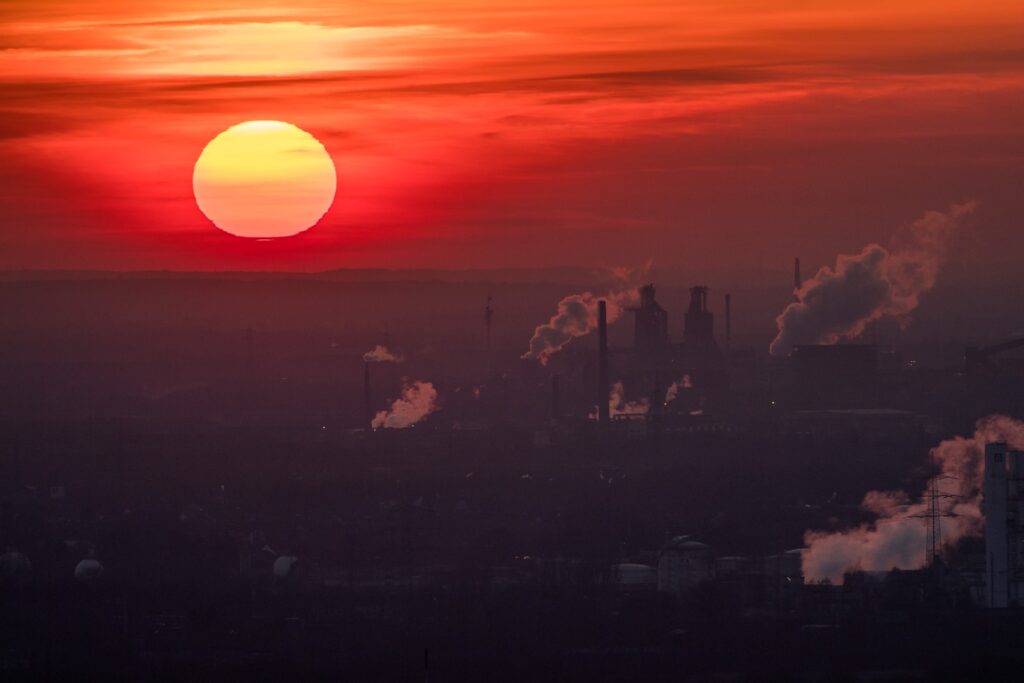According to the estimates of climate researchers, the longer it takes to reach net zero emissions, the greater the risk of global warming continuing for decades or millennia after the reduction of greenhouse gas emissions. That is, if we want to limit global warming to, say, two degrees Celsius, we may have to reduce carbon dioxide emissions by a much smaller amount and reduce the carbon budget to a much smaller amount than currently estimated.
Roland Safarian From the National Meteorological Research Center in France According to New Scientist “Time to get to net zero is key,” he says.
At one time, climate modelers believed that carbon dioxide levels would remain roughly constant after greenhouse gas emissions ended. In such scenarios, the oceans will become warmer and warmer for several decades, and the surface temperature will also become warmer due to the continued warming of the ocean water.
But about a decade ago, modelers realized that the oceans were actually continuing to absorb excess carbon dioxide, leading to a gradual lowering of atmospheric levels and less heat retention from the sun. Recent climate models show that, by chance, this cooling effect balances the warming of the oceans, meaning that global warming will also stop within a few years of ceasing greenhouse gas emissions.
However, the estimates of climate models are not the same. Standard climate models do not cover all feedbacks such as the amount of carbon absorbed by plants on land. More comprehensive models of the Earth system show that if greenhouse gas emissions were to stop, for example, when the world is 2 degrees Celsius warmer than pre-industrial times, there is a 33 percent chance that the planet will warm by more than 2.3 degrees Celsius.
Of course, the story continues. Even Earth system models do not include all feedbacks, such as the melting of the Greenland and Antarctic ice sheets.
Now Safarian and his group have made a comprehensive evaluation of all uncertainties in the time frames of decades, centuries and millennia. The team of researchers looked at 26 factors of most of the warming and cooling of the Earth, from the melting of frozen soils and the loss of forests to the melting of glaciers and changing ocean currents. About a third of these factors, such as certain cloud reactions and the extent of sea ice loss, we don’t know for sure and can only make guesses, the researchers say.
Joey Rogel Some of these factors are expected to cause cooling, but additional warming is still more likely, says a group of researchers from King’s College London. “Peak warming comes with more impacts, harms and challenges,” he adds. This means that reaching net zero emissions as a milestone is important.”
Of course, Rogel points out that increased warming does not mean unstoppable warming. For example, global warming can be prevented by continuing to remove carbon after reaching net zero.
But Michael Mann In a statement accompanying the paper, the University of Pennsylvania notes that carbon removal at the scale and pace necessary to stop global warming is not possible. “An immediate halt to human activity is necessary because carbon pollution is created in this way,” he writes.
Researchers estimate that by stopping greenhouse gas emissions, warming will also stop. But it is also possible that the world will continue to warm or cool relatively after reaching net zero.
The findings of the researchers in Frontiers Journal It has been published.



